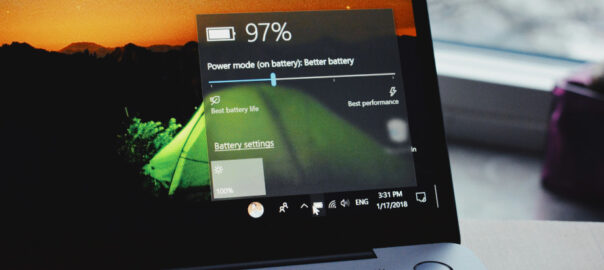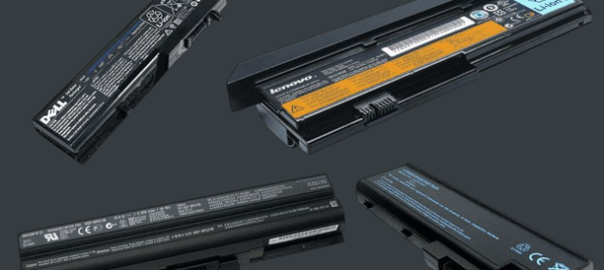Should You Keep Your Laptop Plugged in All the Time?

One of the most debated questions among laptop users is whether it’s safe to keep a laptop plugged in continuously. Some believe that keeping it plugged in helps maintain performance, while others argue that it can shorten battery lifespan. So, what’s the right approach? Let’s break it down.
How Laptop Batteries Work
Most modern laptops use Lithium-ion (Li-ion) or Lithium-polymer (Li-Po) batteries, which have a limited number of charge cycles (typically 300-500 full cycles). A charge cycle occurs when the battery is fully drained and recharged. The more cycles a battery goes through, the faster it degrades.
Keeping your laptop plugged in doesn’t necessarily overcharge it, as modern batteries stop drawing power once they reach 100%. However, staying at full charge for extended periods can cause long-term wear on the battery.
Pros of Keeping Your Laptop Plugged In
✅ Consistent Performance – Plugging in ensures maximum power output, which is helpful for performance-heavy tasks like gaming, video editing, and multitasking.
✅ Preserves Charge Cycles – Since a full charge cycle only occurs when the battery drains and recharges, keeping your laptop plugged in prevents unnecessary cycles.
✅ Prevents Sudden Shutdowns – Keeping the laptop connected ensures it won’t run out of power while working on important tasks.
Cons of Keeping Your Laptop Plugged In
❌ Battery Degradation Over Time – Staying at 100% charge for long periods can put stress on the battery cells, leading to faster wear.
❌ Heat Buildup – Laptops generate heat when plugged in, especially during gaming or intensive applications. Excess heat can damage battery health and reduce its lifespan.
❌ Risk of Power Surges – A sudden power surge while plugged in could damage internal components if not using a high-quality surge protector.
Best Practices for Laptop Battery Health
If you use your laptop plugged in often, follow these battery care tips to prevent unnecessary wear:
🔹 Enable Battery Conservation Mode (If Available) – Some laptops (like Lenovo, Dell, and ASUS) have battery preservation settings that limit charging to 80% when plugged in, reducing stress on the battery.
🔹 Unplug When Fully Charged & Let the Battery Drain Slightly – If your laptop doesn’t have a built-in battery limiter, occasionally unplug it and let it drop to 40-50% before recharging.
🔹 Keep Your Laptop Cool – Overheating accelerates battery wear. Use a cooling pad and avoid blocking vents when using your laptop on a desk or soft surface.
🔹 Use the Right Charger – Always use the manufacturer-recommended charger to ensure safe and efficient power delivery.
Final Verdict: Plugged In or Not?
- If you use your laptop for performance-heavy tasks (gaming, video editing, etc.), it’s fine to keep it plugged in, but use a cooling pad and enable battery conservation mode if available.
- If you use your laptop casually, unplugging it occasionally and allowing partial discharges (20%-80% range) can help extend battery lifespan.
The key is balance—avoid deep discharges while also preventing prolonged exposure to full charge. By following smart charging habits, you can maximize battery health and keep your laptop running efficiently for years to come



